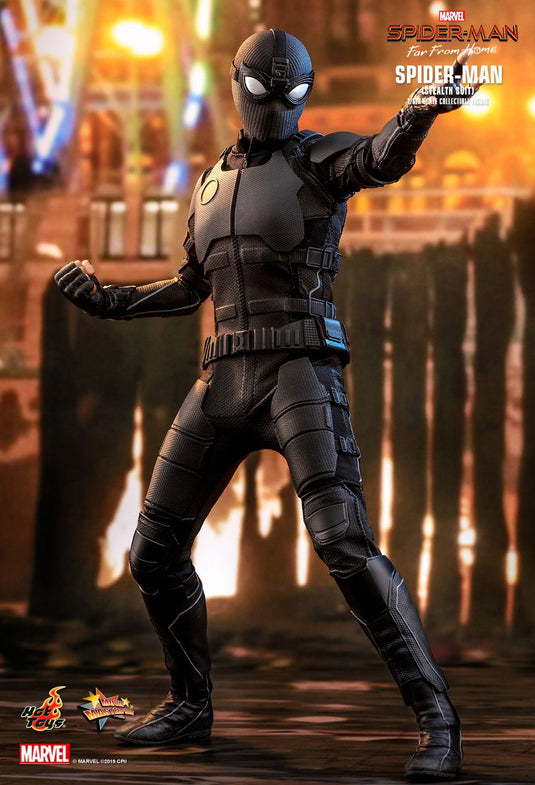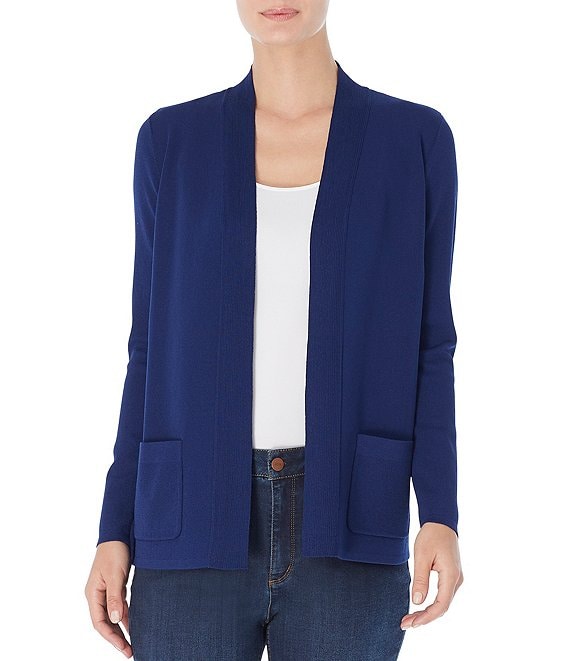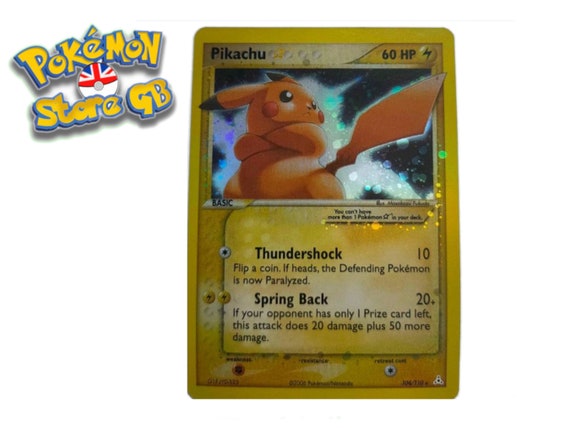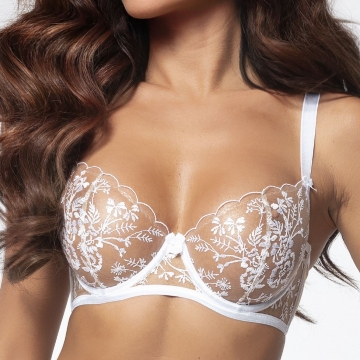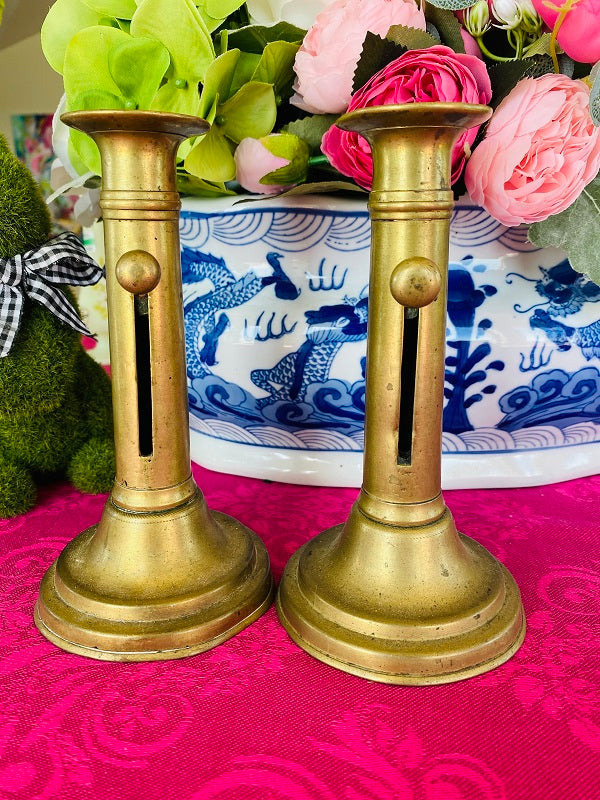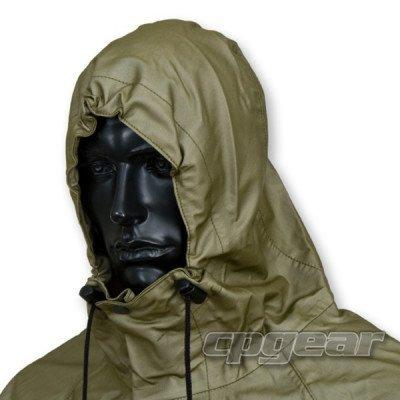
Stealth Suit – CPGear Tactical
Available in Olive Drab only. If you’re a sniper or recon patrolman, the Stealth Suit concept will provide you with an excellent layer of rain protection while at the same time not compromise your outer layer camouflage! Whilst most folks are used to using Gore Tex hardshell type fabrics as an outer layer, the unique requirements of snipers who must wear ghillie suits for camouflage purposes prevent hardshells being worn as a outer layer. Most importantly, would be the accompanying ‘whish-whish-whish’ noise of nylon outer garments. As such, during the late 1980’s British and Dutch snipers pioneered the use of the ‘Stealth Suit’. Designed as an ultra lightweight waterproof-breathable drop-liner type garment that was designed to be worn under a ghillie suit or smock during inclement weather. CPGear has brought this concept over to North America with our Canadian made
Available in Olive Drab only.
If you’re a sniper or recon patrolman, the Stealth Suit concept will provide you with an excellent layer of rain protection while at the same time not compromise your outer layer camouflage!
Whilst most folks are used to using Gore Tex hardshell type fabrics as an outer layer, the unique requirements of snipers who must wear ghillie suits for camouflage purposes prevent hardshells being worn as a outer layer.
Most importantly, would be the accompanying ‘whish-whish-whish’ noise of nylon outer garments. As such, during the late 1980’s British and Dutch snipers pioneered the use of the ‘Stealth Suit’.
Designed as an ultra lightweight waterproof-breathable drop-liner type garment that was designed to be worn under a ghillie suit or smock during inclement weather.
CPGear has brought this concept over to North America with our Canadian made Stealth Jacket and Trousers. Weighing in at an unbelievably 14 ounces and packing down to a compact 3.5 diameter x 8 roll for the jacket or trousers. You can even store it in a 1 quart canteen pouch.
Due to its unique nylon tricot Gore-Tex fully seam taped tri-Laminate construction the stealth suit also tends to be more breathable than garments with a taslan or supplex nylon face.
Product Review below: CPGear Stealth Suit by John Simpson (SniperCraft)
NOTE: As I write this I'm reminiscing about SniperWeek West 2011 when we were treated to driving cold rain in northern California where all I could think of was this item safely hanging in my closet in Georgia.
Short answer, stop what you're doing and buy a Stealth Suit. If you need more convincing, read on
The Stealth Suit is an idea for a garment allegedly used by British Special Boat Service operators (or snipers) and Dutch Marines in the 1980's. Since one of Simpson's Laws is to JUDGE IDEAS BY THEIR MERITS AND NOT THEIR PEDIGREE, it really doesn't matter to me. So let's look at the merits, and if it's a good idea, I don't care if it was invented by the Cub Scouts.
I'm not going to go on and on about shooting or watching someone in a wet-cold environment. If you've done it, you know how bad it can get; and if you haven't, then words can't convey the full experience. For a good, detailed explanation, turn to Ed Gross's Cold Weather Sniper chapter in the ASA Police Sniper Training and Operations Manual. (If you still don't have a copy then shame on you.)
Anyway, I was in the Army when Gore-Tex outer garments were first introduced to us (10th Special Forces Group was one of the first recipients). Believe me, it was a big step up from the Korean War Era cold weather clothing we had been using up until that time.
Once the initial euphoria wore off, we began to take a critical look and noticed a couple things:
- The first few generations were made using a Woodland Pattern camouflage pattern. Heck, the 1st Generation stuff used a bilious lime green color in the pattern.
- The outer was a scuff resistant nylon shell that made a characteristic sound when rubbed together.
- As snipers we found out that the outer was so slippery that, in order to get the buttstock in the shoulder pocket, we had to unzip the jacket and expose our shoulder.
- The more insulating layers you wore under your Gore-Tex, the wetter you were from your own sweat.
I'm going to concentrate on the whole cammie thing first, because I still maintain that a sniper's first job is to be sneaky, and camouflage is a big part of that.
First, no matter what pattern your outer raingear is printed in, somewhere, at some time of the year, in your jurisdiction, you are going to stand out like a sore thumb. Before you pity me for trying to be sneaky walking through essentially a brown forest in a green suit in the autumn, worry more about the troops today issued Gore-Tex in ACU pattern walking anywhere!
Second, if I had to teach a camouflage class standing on one foot, I'd just say, Don't contrast with your background.
That may take the form of attaching natural vegetation to your sniper suit, attaching some burlap garnish or whatever. In any case, it's hard to do when you have a nylon base in a mismatched cammie pattern to build on.
Now, let me address point 4 above by asking a question, Why doesn't anyone make a Gore-Tex tent?
The answer to this may be found in a description of how Gore-Tex works from their website:
The GORE-TEX® membrane is the heart of all GORE-TEX® products. It contains over 9 billion microscopic pores per square inch. These pores are 20, 000 times smaller than a water droplet, but 700 times larger than a water va- por molecule, which makes the GORE- TEX® membrane durably waterproof, while allowing perspiration to escape from the inside.
See, the moisture needs to be in the form of perspiration in order to pass through the pores. That means that Gore-Tex basically needs the energy source of your body heat in order to work. Failing that, once your perspiration has a chance to cool off and condense, it turns into the plain old water that the membrane is intended to block.
So, once we know how it's supposed to work, we can figure out that we need to have anything Gore-Tex a lot closer than we are used to. Also, as a side note, the outer layer of a jacket isn't made of Gore-Tex, it just has what's called a Durable Water Repellent or DWR on it. If this DWR gets worn away, then the outer fabric gets soaked and stops breathing. Refer to the illustration of the layers in a typical Gore-Tex garment.
Enter the Stealth Suit! The basic idea is that you have a lightweight garment with a Gore-Tex membrane without the typical outer shell that CANNOT be worn as an outer garment (more later), but is rather intended to be worn UNDER whatever your outer garment happens to be with maybe a layer or two of insulating layers under that. As my luck would have it. I first encountered this idea after I was retired from the Army and I immediately started to share it with my sniper students. Of course, that was the cue for the original source to dry up and stop making them. That is why I was so excited when I found Mark Wheeler of CPGear making them in Canada.
He sent me a suit for evaluation and I must say it was just as I remembered it. except now it was a welcome green color instead of the original Charcoal Gray.
Even at XXL the jacket weighs in at less than 15 ounces and the trousers at 12 ounces. They both roll up into compact bundles that will easily fit in a military canteen cover. It's made with a Gore-Tex membrane and a nylon tricot outer.
Now, rather than being like a lot of reviewers who leave you thoughtfully stroking your chin as you say, 'Ah, yes nylon tricot very nice, I'll just add that tricot is what's known as a warp-knitted fabric, which simply means that each thread zigzags the length of the fabric. It normally finds use in the manufacture of sleepwear, because it doesn't snag, is soft and flexible and is more breathable than most outer nylon shells.
Once again, what this means is that you are going to get in trouble using the Stealth Suit as an outer garment. DON'T DO IT! It's not what it was designed to do. If you have a 15-ounce jacket that sheds rain and allows perspiration to pass, that will hold up to low crawling in the woods and resting your elbows on the range, your name is probably George Jetson!
About the only change I would make to the design is to add attachment loops in order to use suspenders. If I had to spend a day walking and crawling in it, I wouldn't trust the drawstring to hold the trousers up. That said, I'd much rather have a Stealth Suit and a rack of inexpensive outer cammie suits than have a rack of Gore-Tex outer jackets in various colors schemes and patterns to allow me to blend in. When you roll in the whole Membrane closer to skin thing that I mentioned earlier, it just makes sense.
Available in Olive Drab only. If you’re a sniper or recon patrolman, the Stealth Suit concept will provide you with an excellent layer of rain protection while at the same time not compromise your outer layer camouflage! Whilst most folks are used to using Gore Tex hardshell type fabrics as an outer layer, the unique requirements of snipers who must wear ghillie suits for camouflage purposes prevent hardshells being worn as a outer layer. Most importantly, would be the accompanying ‘whish-whish-whish’ noise of nylon outer garments. As such, during the late 1980’s British and Dutch snipers pioneered the use of the ‘Stealth Suit’. Designed as an ultra lightweight waterproof-breathable drop-liner type garment that was designed to be worn under a ghillie suit or smock during inclement weather. CPGear has brought this concept over to North America with our Canadian made Stealth Jacket and Trousers. Weighing in at an unbelievably 14 ounces and packing down to a compact 3.5 diameter x 8 roll for the jacket or trousers. You can even store it in a 1 quart canteen pouch. Due to its unique nylon tricot Gore-Tex fully seam taped tri-Laminate construction the stealth suit also tends to be more breathable than garments with a taslan or supplex nylon face. Product Review below: CPGear Stealth Suit by John Simpson (SniperCraft) NOTE: As I write this I'm reminiscing about SniperWeek West 2011 when we were treated to driving cold rain in northern California where all I could think of was this item safely hanging in my closet in Georgia. Short answer, stop what you're doing and buy a Stealth Suit. If you need more convincing, read on The Stealth Suit is an idea for a garment allegedly used by British Special Boat Service operators (or snipers) and Dutch Marines in the 1980's. Since one of Simpson's Laws is to JUDGE IDEAS BY THEIR MERITS AND NOT THEIR PEDIGREE, it really doesn't matter to me. So let's look at the merits, and if it's a good idea, I don't care if it was invented by the Cub Scouts. I'm not going to go on and on about shooting or watching someone in a wet-cold environment. If you've done it, you know how bad it can get; and if you haven't, then words can't convey the full experience. For a good, detailed explanation, turn to Ed Gross's Cold Weather Sniper chapter in the ASA Police Sniper Training and Operations Manual. (If you still don't have a copy then shame on you.) Anyway, I was in the Army when Gore-Tex outer garments were first introduced to us (10th Special Forces Group was one of the first recipients). Believe me, it was a big step up from the Korean War Era cold weather clothing we had been using up until that time. Once the initial euphoria wore off, we began to take a critical look and noticed a couple things: The first few generations were made using a Woodland Pattern camouflage pattern. Heck, the 1st Generation stuff used a bilious lime green color in the pattern. The outer was a scuff resistant nylon shell that made a characteristic sound when rubbed together. As snipers we found out that the outer was so slippery that, in order to get the buttstock in the shoulder pocket, we had to unzip the jacket and expose our shoulder. The more insulating layers you wore under your Gore-Tex, the wetter you were from your own sweat. I'm going to concentrate on the whole cammie thing first, because I still maintain that a sniper's first job is to be sneaky, and camouflage is a big part of that. First, no matter what pattern your outer raingear is printed in, somewhere, at some time of the year, in your jurisdiction, you are going to stand out like a sore thumb. Before you pity me for trying to be sneaky walking through essentially a brown forest in a green suit in the autumn, worry more about the troops today issued Gore-Tex in ACU pattern walking anywhere! Second, if I had to teach a camouflage class standing on one foot, I'd just say, Don't contrast with your background. That may take the form of attaching natural vegetation to your sniper suit, attaching some burlap garnish or whatever. In any case, it's hard to do when you have a nylon base in a mismatched cammie pattern to build on. Now, let me address point 4 above by asking a question, Why doesn't anyone make a Gore-Tex tent? The answer to this may be found in a description of how Gore-Tex works from their website: The GORE-TEX® membrane is the heart of all GORE-TEX® products. It contains over 9 billion microscopic pores per square inch. These pores are 20, 000 times smaller than a water droplet, but 700 times larger than a water va- por molecule, which makes the GORE- TEX® membrane durably waterproof, while allowing perspiration to escape from the inside. See, the moisture needs to be in the form of perspiration in order to pass through the pores. That means that Gore-Tex basically needs the energy source of your body heat in order to work. Failing that, once your perspiration has a chance to cool off and condense, it turns into the plain old water that the membrane is intended to block. So, once we know how it's supposed to work, we can figure out that we need to have anything Gore-Tex a lot closer than we are used to. Also, as a side note, the outer layer of a jacket isn't made of Gore-Tex, it just has what's called a Durable Water Repellent or DWR on it. If this DWR gets worn away, then the outer fabric gets soaked and stops breathing. Refer to the illustration of the layers in a typical Gore-Tex garment. Enter the Stealth Suit! The basic idea is that you have a lightweight garment with a Gore-Tex membrane without the typical outer shell that CANNOT be worn as an outer garment (more later), but is rather intended to be worn UNDER whatever your outer garment happens to be with maybe a layer or two of insulating layers under that. As my luck would have it. I first encountered this idea after I was retired from the Army and I immediately started to share it with my sniper students. Of course, that was the cue for the original source to dry up and stop making them. That is why I was so excited when I found Mark Wheeler of CPGear making them in Canada. He sent me a suit for evaluation and I must say it was just as I remembered it. except now it was a welcome green color instead of the original Charcoal Gray. Even at XXL the jacket weighs in at less than 15 ounces and the trousers at 12 ounces. They both roll up into compact bundles that will easily fit in a military canteen cover. It's made with a Gore-Tex membrane and a nylon tricot outer. Now, rather than being like a lot of reviewers who leave you thoughtfully stroking your chin as you say, 'Ah, yes nylon tricot very nice, I'll just add that tricot is what's known as a warp-knitted fabric, which simply means that each thread zigzags the length of the fabric. It normally finds use in the manufacture of sleepwear, because it doesn't snag, is soft and flexible and is more breathable than most outer nylon shells. Once again, what this means is that you are going to get in trouble using the Stealth Suit as an outer garment. DON'T DO IT! It's not what it was designed to do. If you have a 15-ounce jacket that sheds rain and allows perspiration to pass, that will hold up to low crawling in the woods and resting your elbows on the range, your name is probably George Jetson! About the only change I would make to the design is to add attachment loops in order to use suspenders. If I had to spend a day walking and crawling in it, I wouldn't trust the drawstring to hold the trousers up. That said, I'd much rather have a Stealth Suit and a rack of inexpensive outer cammie suits than have a rack of Gore-Tex outer jackets in various colors schemes and patterns to allow me to blend in. When you roll in the whole Membrane closer to skin thing that I mentioned earlier, it just makes sense.

Bruno Gauthier Leblanc, Concept Art World

ArtStation - Tactical Sneaking Suit Concept
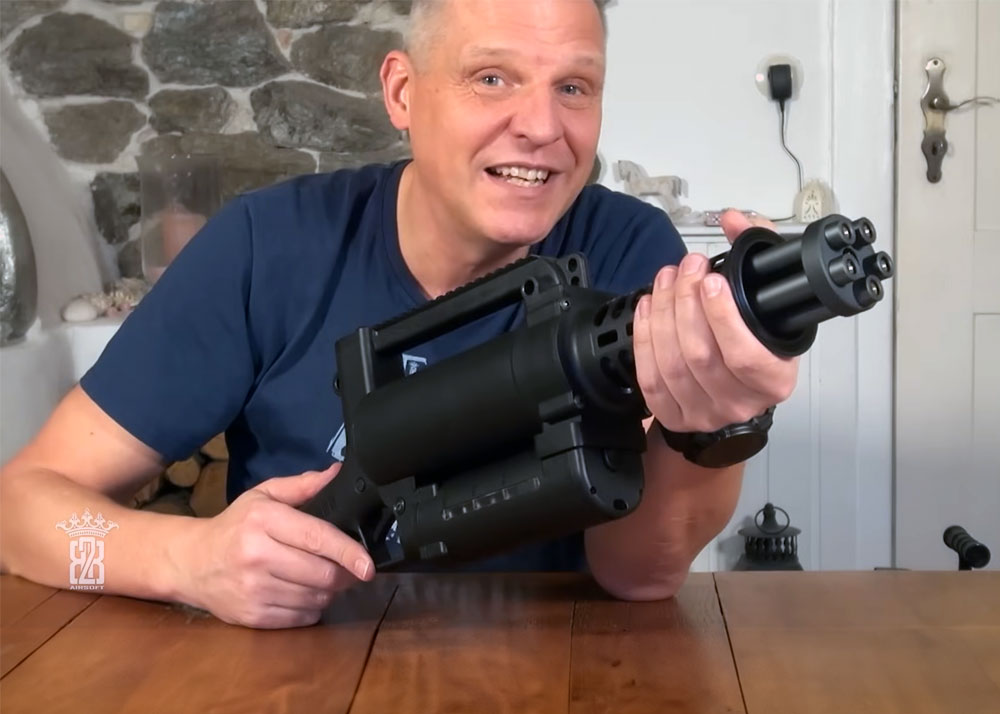
CP Gear Stealth Suit Popular Airsoft: Welcome To The Airsoft World

Spartan Training Gear Armour Full Suit - Force on Force Combat Training Suit
Constructed of lightweight, highly breathable, extremely quick drying, combat cloth, these hats will provide years of service. Made in the USA

CPGear Boonie Hat - Adjustable Neck Strap with Barrel Lock - Short Brim Bucket Hat for Outdoor Protection | One Size Fits All

Ninja armor, Combat armor, Armor

Lightweight Stealth Suite: Elite Protection for Tactical Professionals (Small Jacket) : : Clothing, Shoes & Accessories
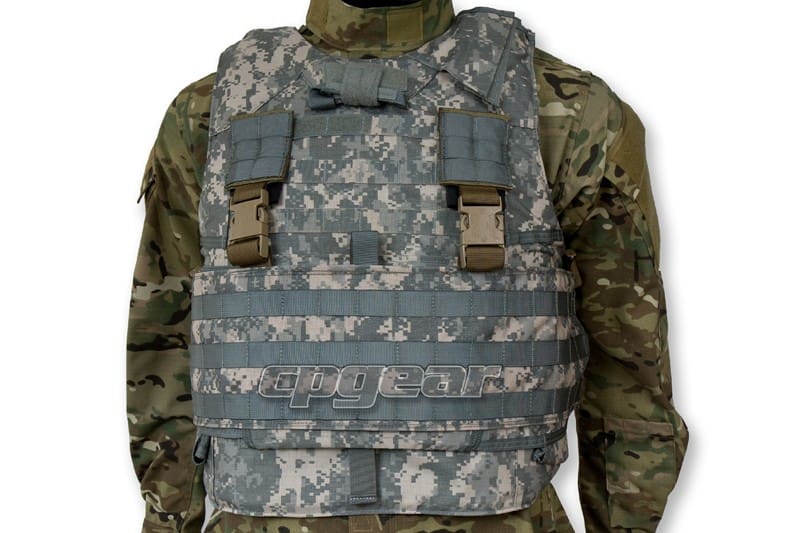
Reversible Tactical Modular Assault Panel - Soldier Systems Daily

Silent Combat Gear 2020 Tactical clothing, Stealth suit, Tactical wear

Lightweight Stealth Suite: Elite Protection for Tactical Professionals (Small Jacket) : : Clothing, Shoes & Accessories

The Punisher Vest - Canada

78 Best stealth suit ideas tactical gear, survival gear, tac gear

Silent Combat Gear 2020 Tactical clothing, Stealth suit, Tactical wear




